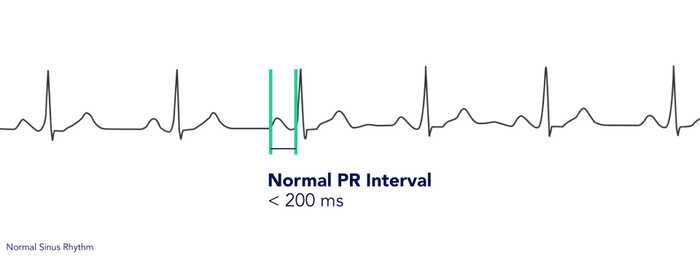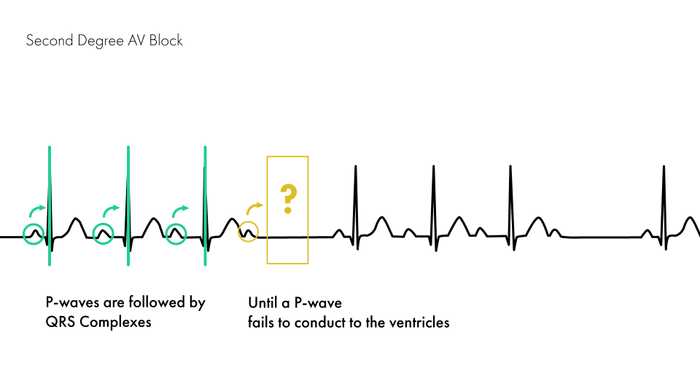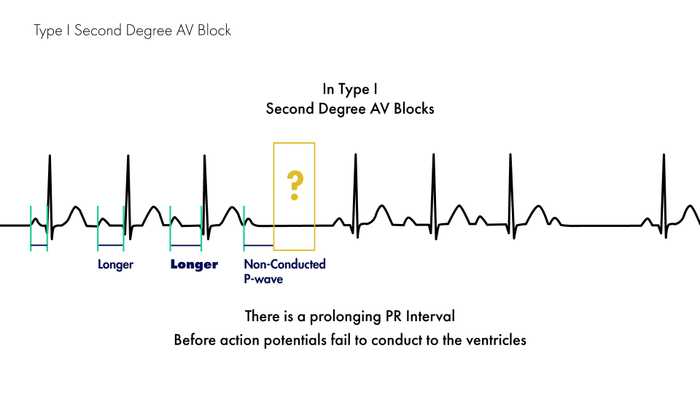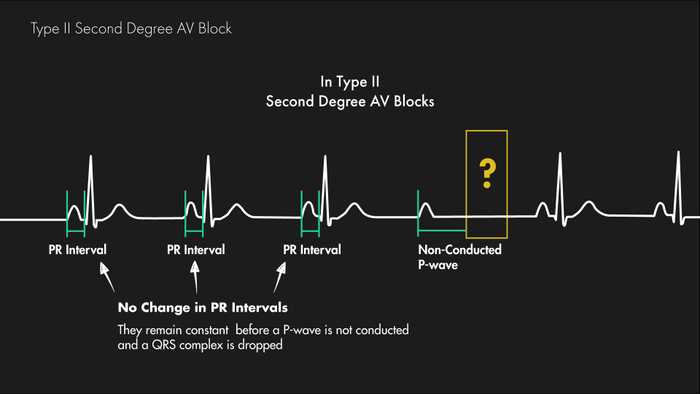NUCLEOTYPE
Mobitz Type I Versus Type II Second Degree Heart Block
June 08, 2020
When electricity is conducted through the heart, it travels from the sinoatrial node, through the atria, to the atrioventricular node, and down to the ventricles. The time it takes for this electricity to get from the atria down to the ventricles is reflected on an electrocardiogram (ECG) as the PR interval.
In second degree heart blocks, the relationship between P:QRS complexes varies, where some P-waves are not followed by QRS complexes. This leads to the appearance of a “dropped QRS complex” representing a non-conducted P-wave. This ratio of how many P-waves you see for each QRS complex often occurs at predictable ratios (2:1, 3:2, 4:3, etc).
There are also two types of second-degree heart blocks, depending on the underlying pathology - Mobitz type I (Wenckebach) and Mobtiz type II. The difference between Mobitz type I and type II second degree heart blocks on an ECG is determined by the variations in the PR interval.
Mobitz type I second-degree heart blocks are often normal variants and can be present on an ECG in patients without structural heart disease. Some causes include increased vagal tone or medication-induced (beta-blocks, calcium channel blocks, etc). On an ECG, you will see a stepwise prolongation of the PR interval leading to the eventual, non-conducted atrial action potential, or “dropped” QRS complex, after which normal sinus rhythm seems to resume.
Mobitz type II second-degree heart blocks are rarely a normal finding on the ECG and often suggest underlying structural abnormalities that can progress to third-degree heart block. On an ECG, the PR interval remains constant, without variations to its length prior to a “dropped” QRS complex. This is then followed by a short pause, then normal sinus rhythm seems to resume, and this pattern of non-conducted atrial action potentials repeats itself.
Clinically, people with second-degree heart blocks can be without symptoms, however, it is possible for these patients to experience symptoms such as lightheadedness, syncope, or palpitations. The arrhythmia is found on an ECG or cardiac rhythm strip, however, keep in mind that these ECG findings can be intermittent and may not be present on subsequent ECGs, depending on the etiology. For example, medication-induced blocks may be reversed or ceased altogether when the underlying intoxicant or medication is stopped.
Mobitz type I second-degree heart blocks are often benign and no treatment is necessary. However, in cases of Mobitz type II second-degree heart blocks, interventions such as transcutaneous pacing (in emergent situations), or the placement of a pacemaker may be necessary.



